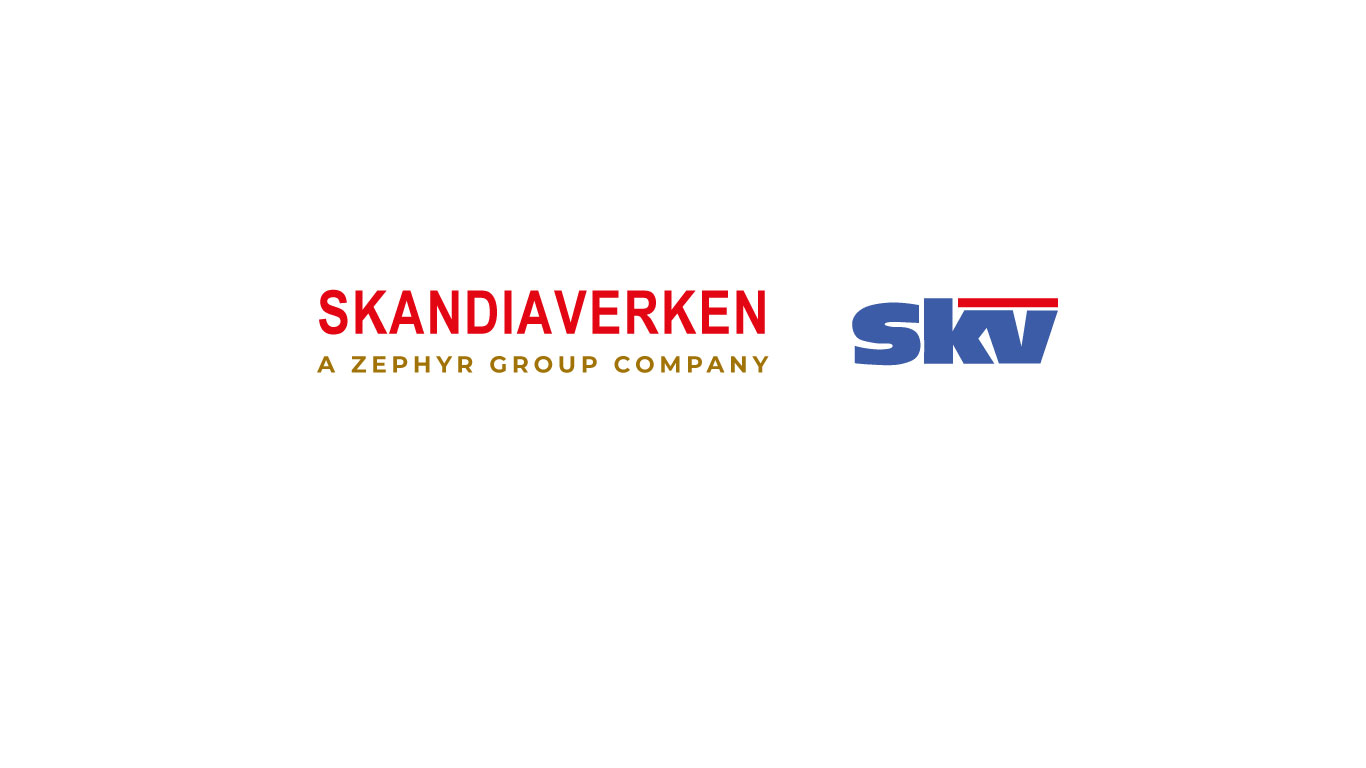SKV Vision years ago (Kincaid)
The below article was written by Cameron Parker, Managing Director of John G Kincaid Ltd in 1968 for inclusion in the Companies Centenary Brochure. You will read that he is not too far away with some of his thoughts …. We will include further articles from the Centenary Brochure in the future.
More Distant Horizons
The title of this article suggets that some extrapolation of the present level of technology might indicate the marine propulsion scene in 2069. The foregoing review of our present horizons clearly shows that the imaginationcan hardly project an acceptable level of technology for 10 years hence. One can only suggest trends, and there is no reason to suppose that news forms of energy and power generation will not be discovered, tapped and exploited in every decade from now until the turn of the century.
Some conclusions can be drawn on present trends. Firstly, hydrocarbon fuel plants will become obsolete within 100 years as no fossil fuel will be available. Steam turbine machinery may continue until that time as the only essential is steam which may be raised by nuclear or other power sources. Gas turbines may also survive as closed-cycle systems.
The natural energy sources as yet untapped are water and solar energy. It is hard to see any great realisation of power from these sources that might be utilised for propulsion. The most likely course of events will be shore-based generation of power, used in a secondary form by ships. The methods of storage employed could be batteries, fuel cells or liquid hydrogen used in either gas engines or gas turbines. Ultimately, it may be possible to control the hydrogen bomb process and thus answer fuel problems for all time.
Automation and manning in the future
It is evident that technology exists today to permit the operation of completely unmanned ships. In a relatively short time, say 15 years, this will become commercially viable in addition to being technically feasible. What is not clear is the combination of circumstances that would make such a venture attractive.The question is "why" rather than "why not". Cost savings would be marginal, if measurable, and could only be related to reality after many years of experience with unmmanned ships. There should not be a recruitment problem as automation at a less drastic level will achieve the balance between those who want to go to sea and the numbers requiered. Minimum crew sizes are presently limited by the requeriments to deal with machinery and heavy weather damage, and other emergency situations. There does not seen to be a sound case for unmanned ships for many years, and the trend will be to achieve a manning level of perharps half the present "reduced crew" complement.
With regard to machinery operation and supervision, the implications are few and simple. Ship-owners should be prepared to expend subtantial effort on preventive maintenance and should accept a higher first-cost for the ship in respect of both automatic controls and very high reliability automatic surveillance systems. Engine builders must pursue maximum time between overhauls and maximun reliability.
Whatever changes occur in the future, we at Kincaid's will strive to ensure that the words "Engined by Kincaid" remain synonymous with reliability.


